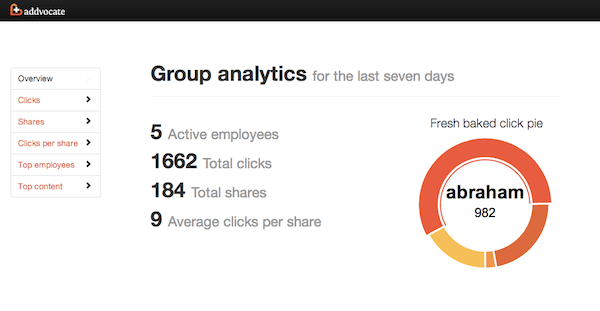 Does the saying “There’s no such thing as bad publicity” apply to social media blunders gone viral?
Does the saying “There’s no such thing as bad publicity” apply to social media blunders gone viral?
Your brand ending up as a gag skit on “SNL” because of a social media mishap is probably not part of the PR strategy. As opposed to the social media sentiment when you land an interview with Oprah that trends on Twitter, gets replayed on YouTube, and shared on Facebook with a behind the scenes shot on #Instagram.
If you think social media and public relations are two different departments with separate agendas, think again.
Zen of a Social Media Policy
The good, the bad, and the ugly stemming from social media sentiments that bubble up to a brand are a direct reflection on the company’s image, credibility, influence, and visibility – and if you’re a public company or a company trying to raise money, how about those investors?
In more cases than not, employees behaving badly by accident or intentionally have the formula for PR disaster. Now social media is part of the PR department and it’s their problem.
Your Employees are Social! #FTW or #FAIL
As the popularity of social media grows, brands small and large must face the fact that the people with the closest connection to your organization – employees – are active on social channels.
While employees can be your perfect brand advocates and evangelists, they can also burn your reputation when they lose control on social media networks.
The Employee Social Media Manual #Trending #HR #PR
To mitigate that risk, develop a company-wide policy that clearly defines acceptable (and unacceptable) behavior in social media, and dictates how employees can effectively communicate your brand culture, voice, and message.
Include guidelines about confidential and proprietary information and how each should be treated and balanced against the transparency that consumers increasingly expect from social media.
Social Media Training Program #Breaking #Success
The company picnic and holiday party just got bigger, wider, and riskier with social media snapshots landing on Facebook and Instagram. Is that a shot of tequila the CEO is doing? Hello front page news and public relations hangover!
Who is providing your employees with these resources takes the guesswork out of determining what’s appropriate to post, tweet, or share? It also increases the consistency of communications about your brand. Consider delivering these resources to your employees as part of a company-wide social media training program.
A recent report published by the Wildfire Google Team – The Road to ROI: Building Strategy for Social Marketing Success speaks to how to influence the conversation without trying to control it. One of the key areas focused on was the internal planning of social media and how that ties into the external public relations and reputation management of a company.
Top 10 Questions Your Social Media Policy Should Answer
- What are the goals of your social media policy?
- How will you update your policy and reinforce it?
- What information about your business can employees share?
- Which social networks will you maintain a presence on?
- How will you monitor conversations about your brand on social channels? Who will monitor these conversations?
- How will you maintain a consistent social tone and style across these networks?
- Will you encourage employees to participate in social media as a representative of your brand?
- How will you respond to consumers who communicate with your brand through social channels? Who will respond on your brand’s behalf?
- Who is authorized to proactively post on your brand’s behalf? Does this authorization account for different regions and teams?
- What constitutes a social media “crisis” for your business? What is your process for handling a post that could be categorized as a crisis?
PR+ Social Media Policy Resources

- Addvocate: According to the recent 2013 Edelman Trust Barometer, employees rank higher in public trust than a company’s PR department, CEO, or founder. Begging employees to share, tweet, post and Like can be exhausting – and let’s not even talk about the inefficiencies of wasted time. Addvocate makes it easy to empower, track, and reward your employee brand advocates, making them part of the solution.
- Social Media Policy Tool: When you can’t wait for the red tape and need it quick, need it now to CYA, check out this streamlined process that simply requires you to answer a brief questionnaire and provides you with a complete social media policy customized to your company.
- Social Media Policy Database: Ever wonder what the social media guidelines looked like for big brands like Coca-Cola, Nordstrom, or Walmart? Consider it done! The most complete listing of social media policies. Referenced by the world’s largest brands and agencies.
Don’t Treat Social Media as a Silo!
A key takeaway from Wildfire’s report notes to not treat social media as a silo. One of the biggest hindrances happens when social media is treated as separate category without collaboration and interaction from marketing, public relations, and customer service.
How does your social media policy measure up?
 Does the saying “There’s no such thing as bad publicity” apply to
Does the saying “There’s no such thing as bad publicity” apply to 